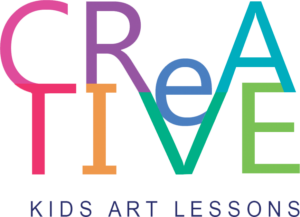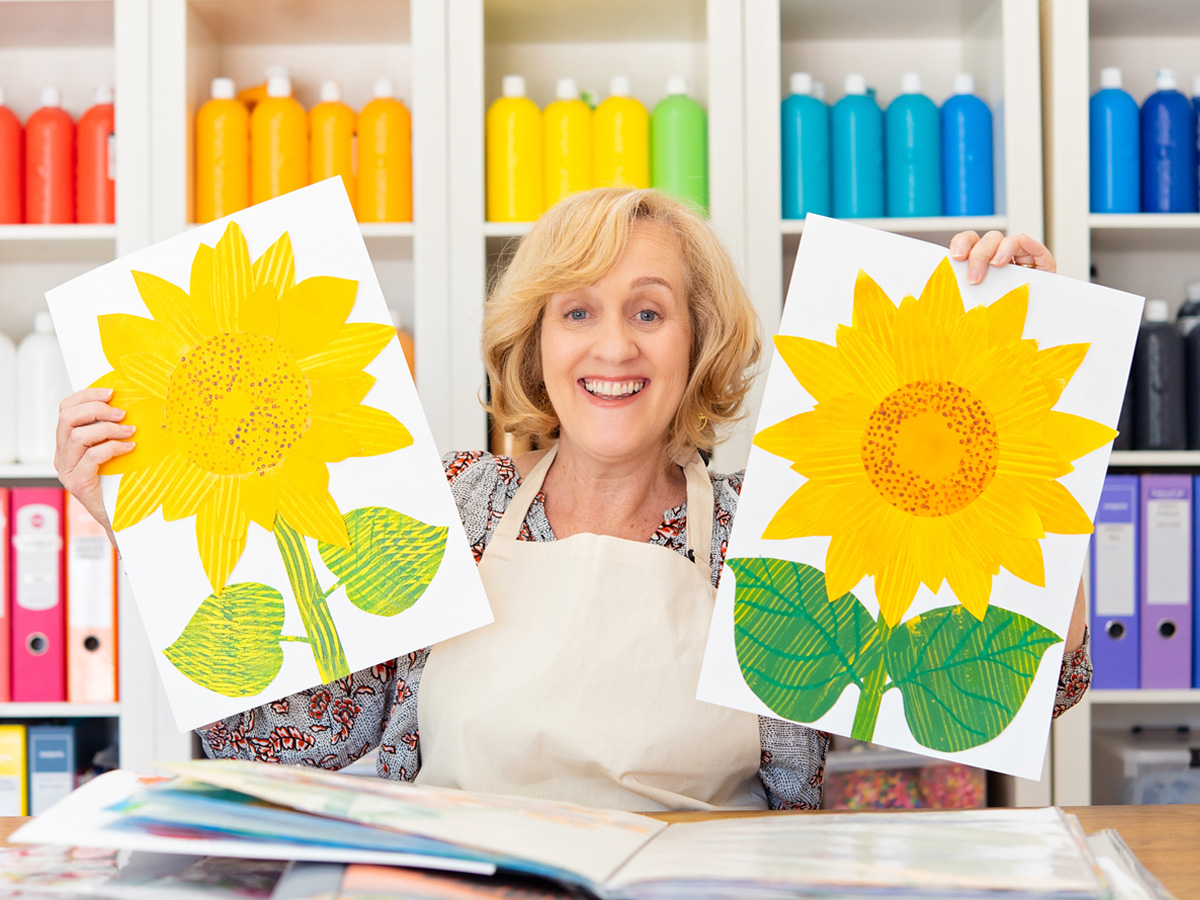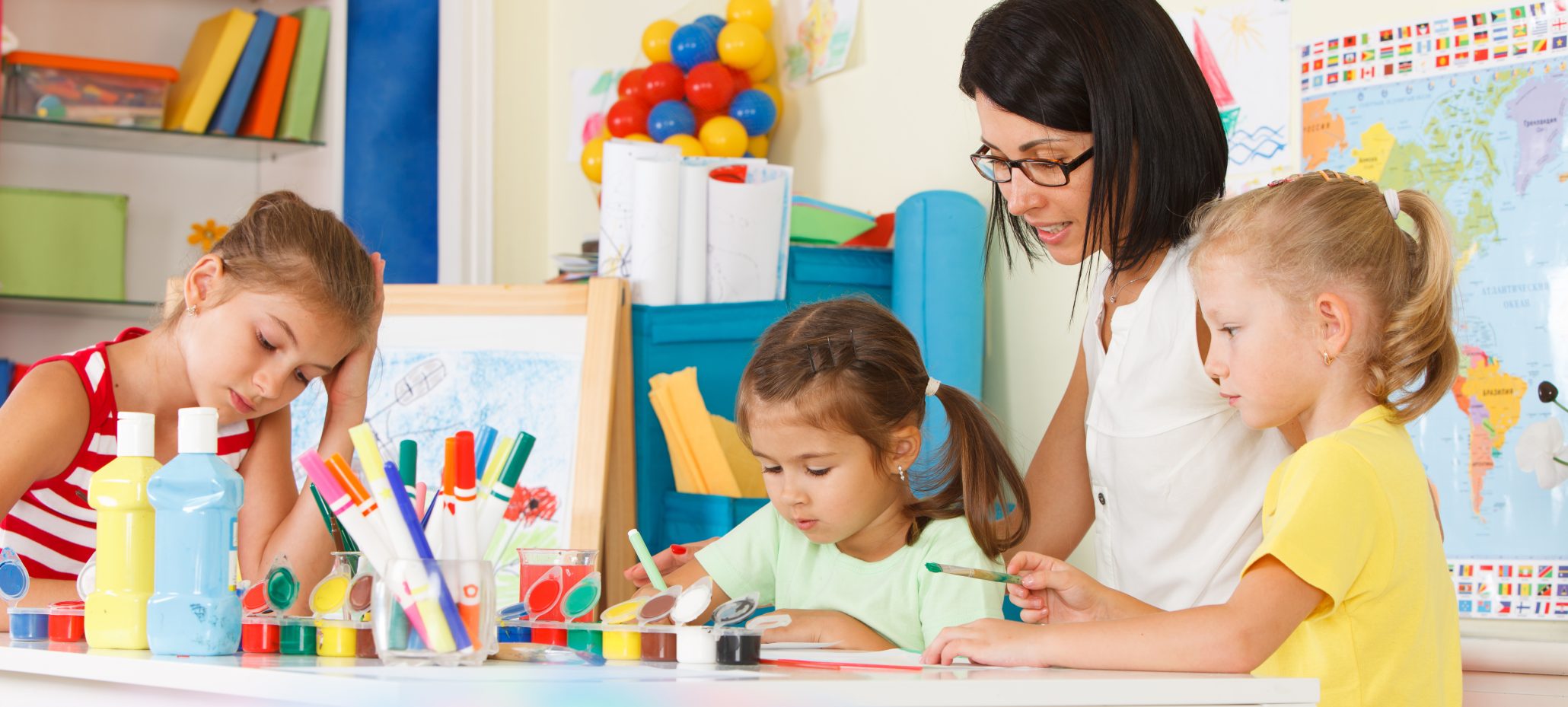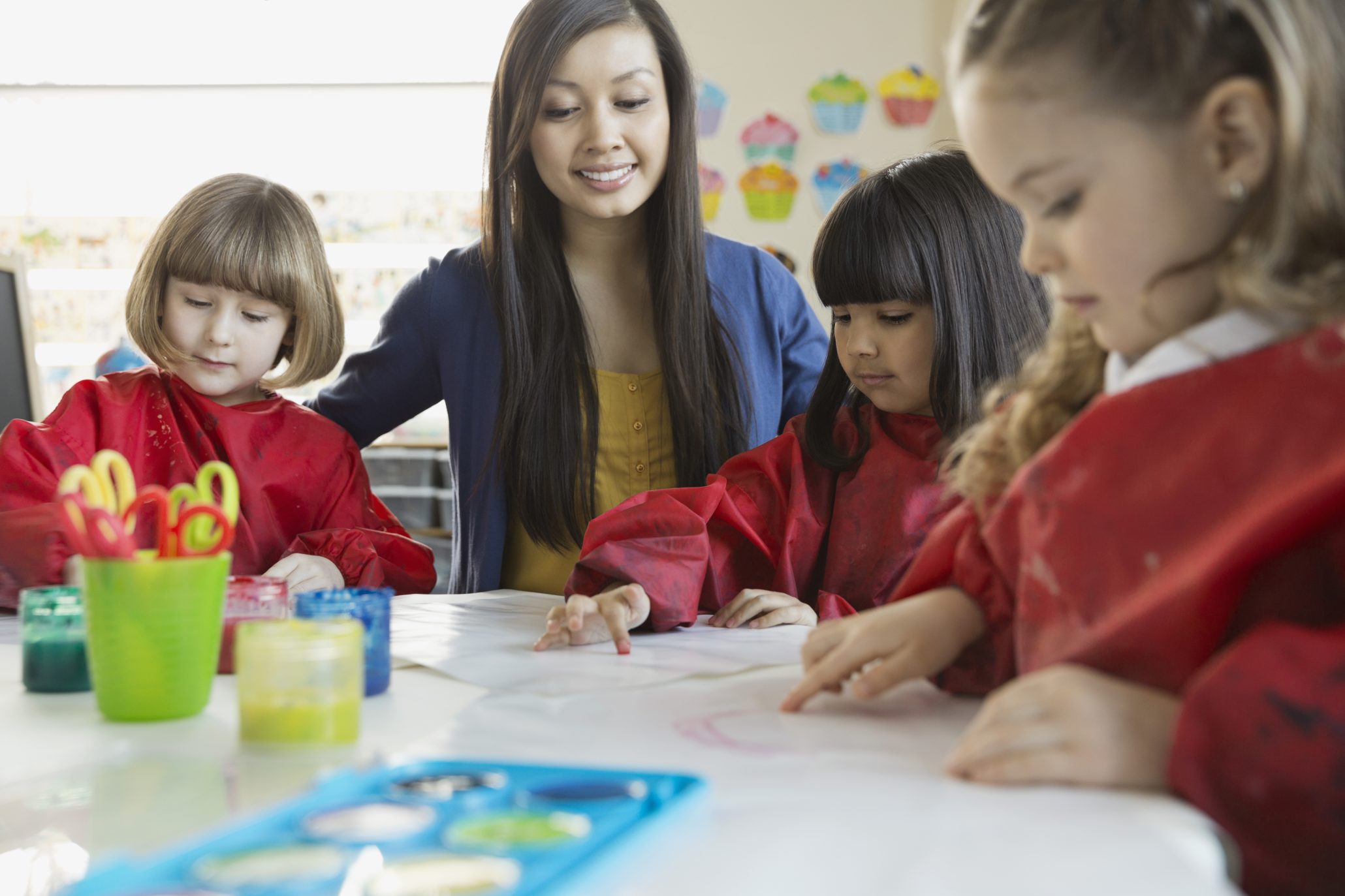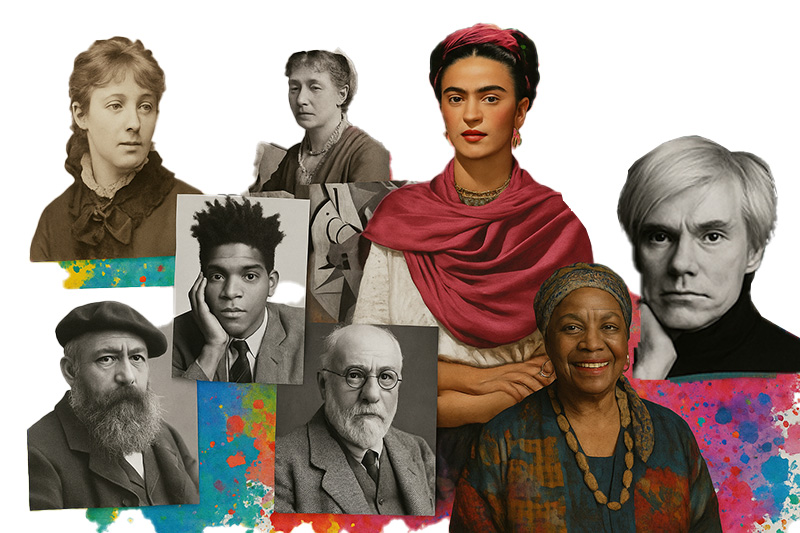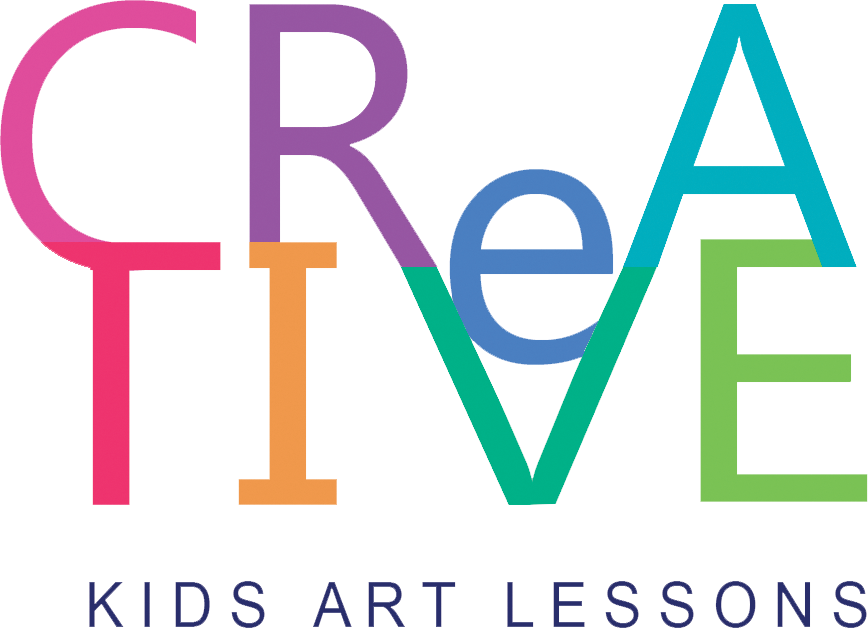It is often said that children are our future. If that is truly the case, then we should be investing in their creative development at an early age. Teaching art in primary school is not only important for developing artistic talent, but also for helping children to learn problem-solving skills, think creatively and work collaboratively. There are so many dimensions to the importance of art and the importance of teaching art in primary schools, so we have outlined a few of the key reasons why teaching visual art in primary school is so crucial to students’ success.
Develop creativity
One of the most important reasons for arts education is that art helps children develop their creativity. Primary school is the time when children are starting to develop their own identities and learn how to express themselves. Art can help them to explore their own creative potential and find new ways to express themselves. Art allows students to explore different mediums and communicate their views in a unique way. This can help them build confidence and learn to think for themselves. By providing art education in schools, we are helping to prepare children for the future.
Increase resilience in students
Every day, young students are faced with new and difficult challenges. Whether they’re struggling to keep up with their classmates in math or reading, or dealing with social pressures and cliques at school, life can be tough for kids. That’s why it’s so important for them to have a creative outlet, something that allows them to express themselves and build resilience. And what better way to do that than through art education? Art education helps students learn how to cope with setbacks and failures. It teaches them how to experiment and take risks, both of which are essential for creativity. Most importantly, it provides a safe space for students to express themselves freely, without judgement. Art education teaches students how to cope with setbacks and failures. When students are given the opportunity to experiment and take risks in a safe and supportive environment, they learn that failure is a part of the creative process. This can help them to be more resilient in other areas of their lives, where they may also experience setbacks.
Art education teaches students about different cultures
Teaching creative art in primary schools allows children to learn about different cultures by exposing them to the artwork of people from around the world. This can help to teach students about the history and culture of different countries, as well as introduce them to new styles of art. Discussions in class around the historical or cultural significance of a piece of art can spark innovative ideas about culture and history in students, allowing them to absorb this information deeply. Students develop a deeper understanding of historical and cultural events and practices by having a hands-on experience with the subject, increasing the chance that they retain the knowledge for their whole lives.
Enhance problem-solving and critical-thinking skills
Another reason why it is important to teach art in primary schools is that it can help students to develop problem-solving skills. When children are working on art projects, they often work out how to solve problems that they encounter. By encouraging students to think critically about their decisions and processes, they can develop these skills and then apply them to other areas of study. The creativity and out-of-the-box thinking involved in art prepares students for future challenges.
Improve performance in other academic areas
It is well known that students who participate in the arts have better grades and standardized test scores across all subject areas. This is likely due to the development of creative and critical thinking skills that students gain from taking art classes. In primary school, these skills are essential for later academic success. In addition, visual arts education provides a unique perspective on the world that cannot be found in other subject areas. By teaching art in primary school, educators are providing students with a well-rounded education that will benefit them in all areas of their lives.
Art education teaches students about emotions
Additionally, art can be used to teach students about emotions and feelings. For example, a painting or sculpture might depict a feeling or emotion that students can then discuss. Doing so can help students to better understand their own emotions and those of others.
Develop social skills
Finally, art can also help primary school students to develop their social skills. Through the process of creating art, students learn to interact with their classmates, follow instructions, and take turns. Students also learn how to express themselves and communicate their ideas. When children are working on art projects together, they must communicate with each other and work cooperatively. This can help them to develop important social skills that they will use throughout their lives, and when they enter the workforce. Help your students learn art effectively through our curriculum-based art lessons for kids. We have art lesson plans for each grade from kindergarten to year 6, with a range of focuses and mediums.
Latest Articles
Popular kids art lessons for teachers and ideas for the artroom
Tips for creating with fibre and Textiles in the classroom […]
10 Tips to Support Mental Health and Wellbeing for Art […]
Celebrating Artists’ Birthdays All Year Round Why not bring a […]
